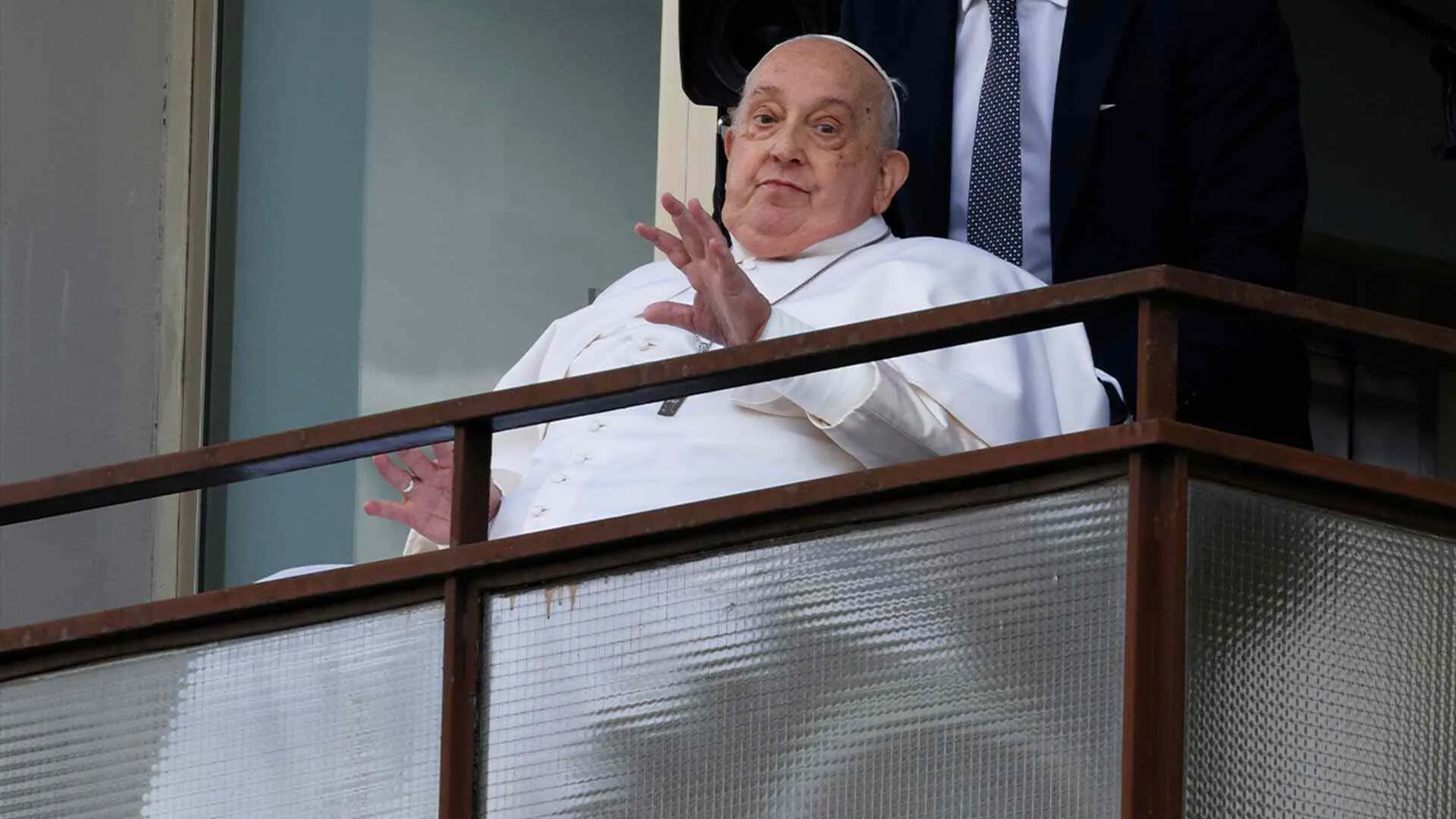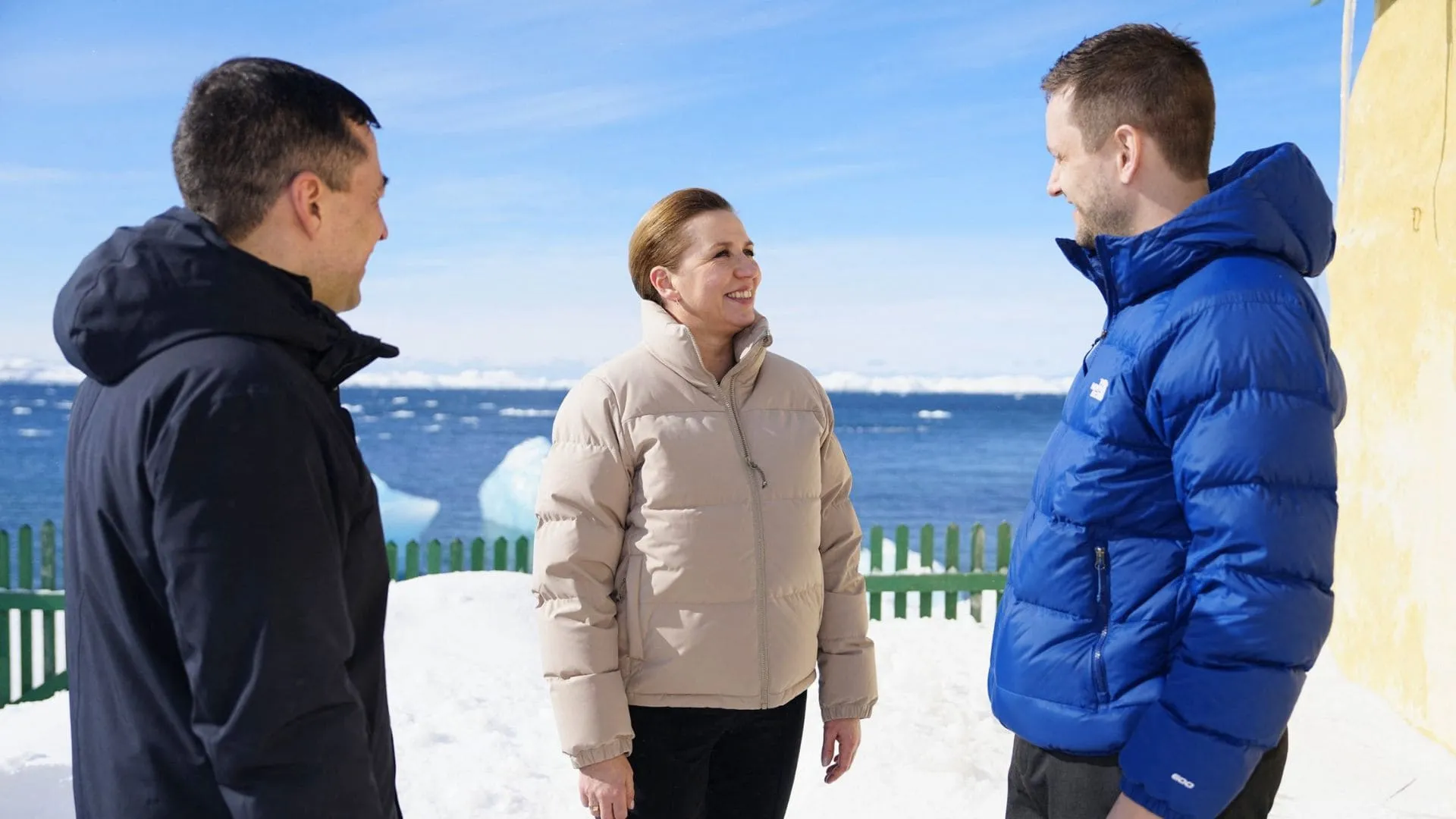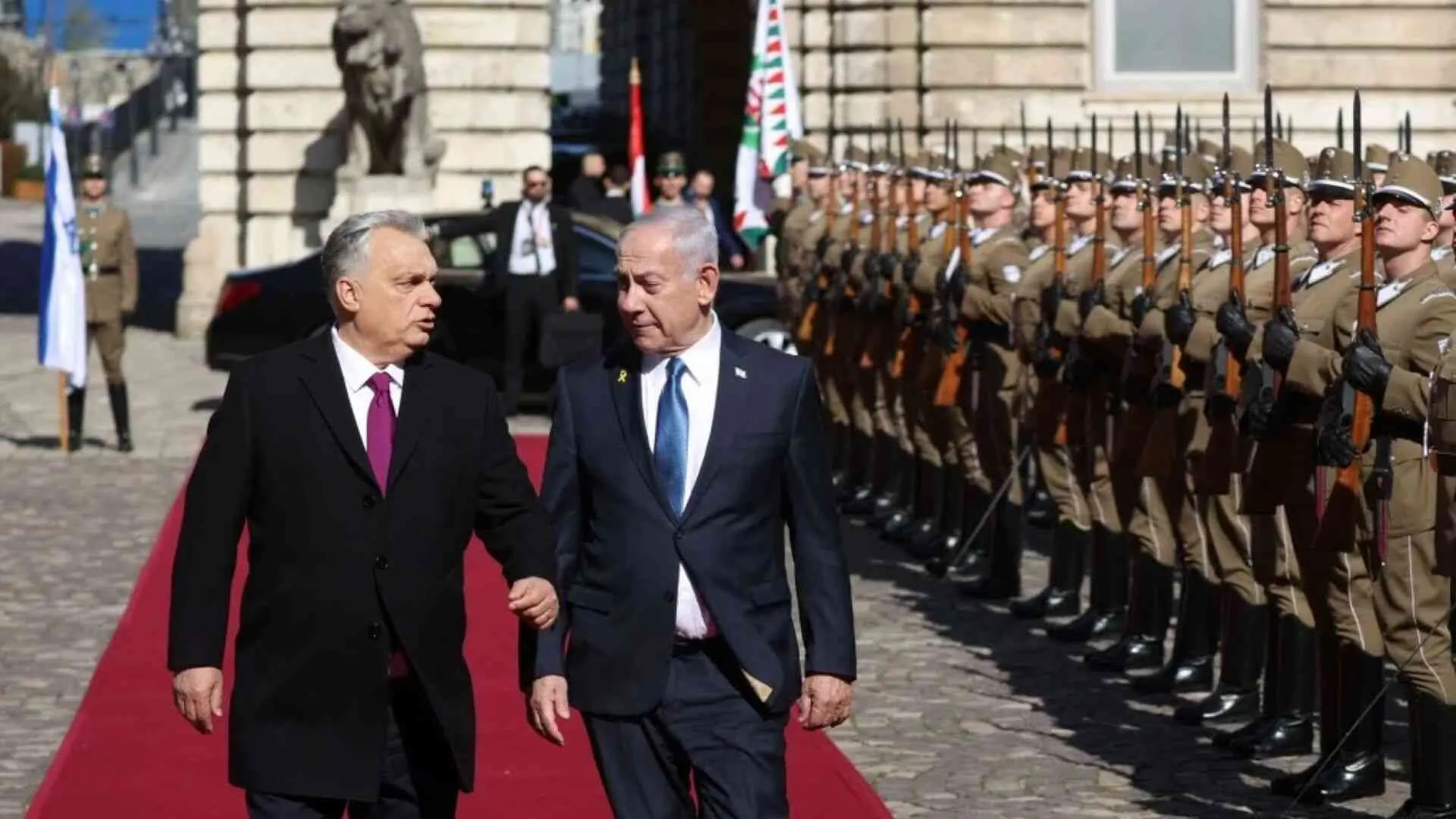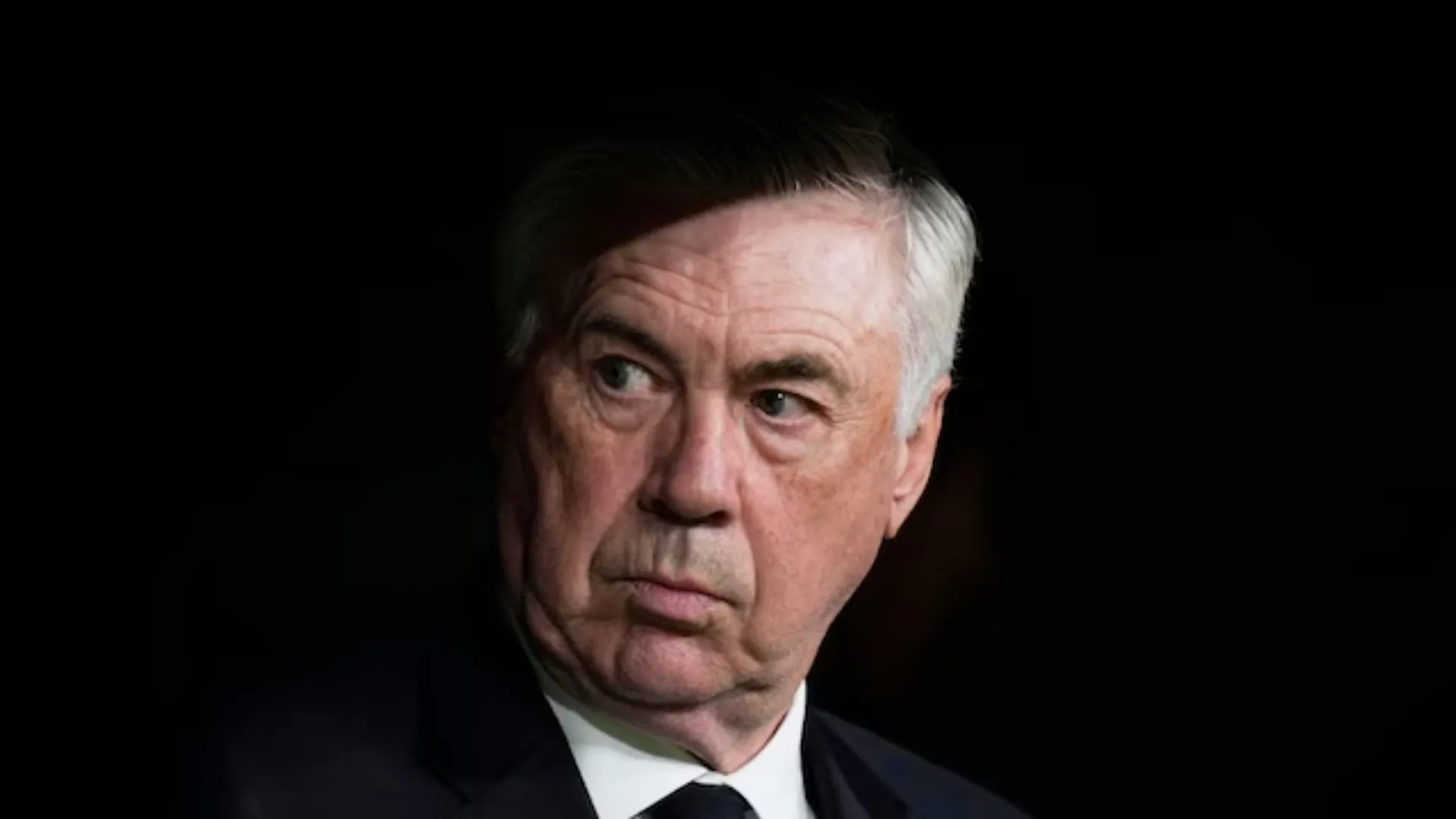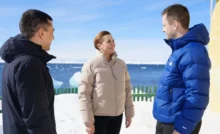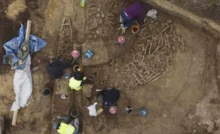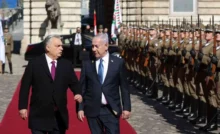Pope Francis appeared weak as he left Rome’s Gemelli hospital last Sunday. After battling pneumonia for five weeks, he struggled to lift his arms to bless the crowd. His sunken eyes, bloated face, and labored breathing made his frailty evident. Shortly after, aides wheeled him back inside from the balcony.
Leaders Often Hide Weakness
Throughout history, powerful figures have concealed their health struggles. Kaiser Wilhelm II kept his lame arm hidden. Franklin D. Roosevelt avoided showing his wheelchair use. More recently, former U.S. President Joe Biden dismissed concerns about his cognitive abilities.
Francis Embraces His Frailty
Unlike political leaders, Pope Francis does not hide his vulnerability. Many see this as an inspiring example that fragility is part of life and should be accepted.
“Who cares if he had sunken eyes, who cares if he looks bloated? It is part of his life story. He knows it is going to end. I saw him as living his life. He wants to keep doing what he does best,” said gerontologist S. Jay Olshansky from the University of Illinois at Chicago.
A Message of Inclusion
Archbishop Vincenzo Paglia, head of the Pontifical Council for Life, emphasized that Francis’ physical weakness aligns with his message of inclusion. He urges people not to discard the weak or marginalized.
“Fragility for us believers is not to be avoided or excluded. On the contrary, it is a great teaching,” Paglia said. He criticized today’s performance-driven culture, stressing that leadership is possible even without full physical strength.
A Lesson for Younger Generations
Paglia also highlighted the importance of this message for young people. “They should understand that they too are fragile, otherwise they close themselves off,” he said.
This week, he opened a longevity summit at the Vatican. He urged a shift in mindset as life expectancy increases. “We need to rethink the idea of retirement. These 20, 30 years more must have also a cultural, human, and spiritual weight for all the other ages. They are not disposable,” he stated.
The Aging Population and Inclusion
Dr. Francesco Vaia, an advocate for disability rights, stressed the pope’s relevance in an aging world. “The theme is not only to get older, but to be active, that is to give more quality to our longer lives,” he said. He called for an inclusive society that values the elderly, rather than pushing them aside.
Vaia rejected the idea of perfection. “Let’s overcome the superman and superwoman theory. We are men and women with our fragility and disabilities,” he said. “This pope can continue being pope.”
Seeing Francis use nasal breathing tubes while returning to the Vatican normalizes such medical needs for many elderly. “We should not be ashamed of this,” Vaia added.
Contrast with Pope John Paul II
Pope John Paul II also suffered from severe health issues, especially with Parkinson’s disease. However, the Vatican carefully concealed his frailty. He never appeared in a wheelchair. Instead, aides pushed him on a rolling wooden chair or a moving platform.
Francis takes a different approach. He arrives at events in a wheelchair and allows others to lift him into a formal seat for Mass or public addresses. Even while hospitalized, he shared his weakened state. An audio recording of his labored voice played in St. Peter’s Square three weeks into his hospital stay. Later, the Vatican released a photo of him co-celebrating Mass in his hospital chapel.
Francis’ hospital balcony appearance may not have projected vitality, but his doctor saw it as a sign of resilience.
“You saw when he looked out, he is fragile. But his strength is that he could give, even with some difficulty, the blessing,” said Dr. Sergio Alfieri. “He looked at the square and welcomed the lady with the yellow flowers, as if to say, ‘I am maintaining a good mood.’ He is strong in this sense, a strong spirit.”


